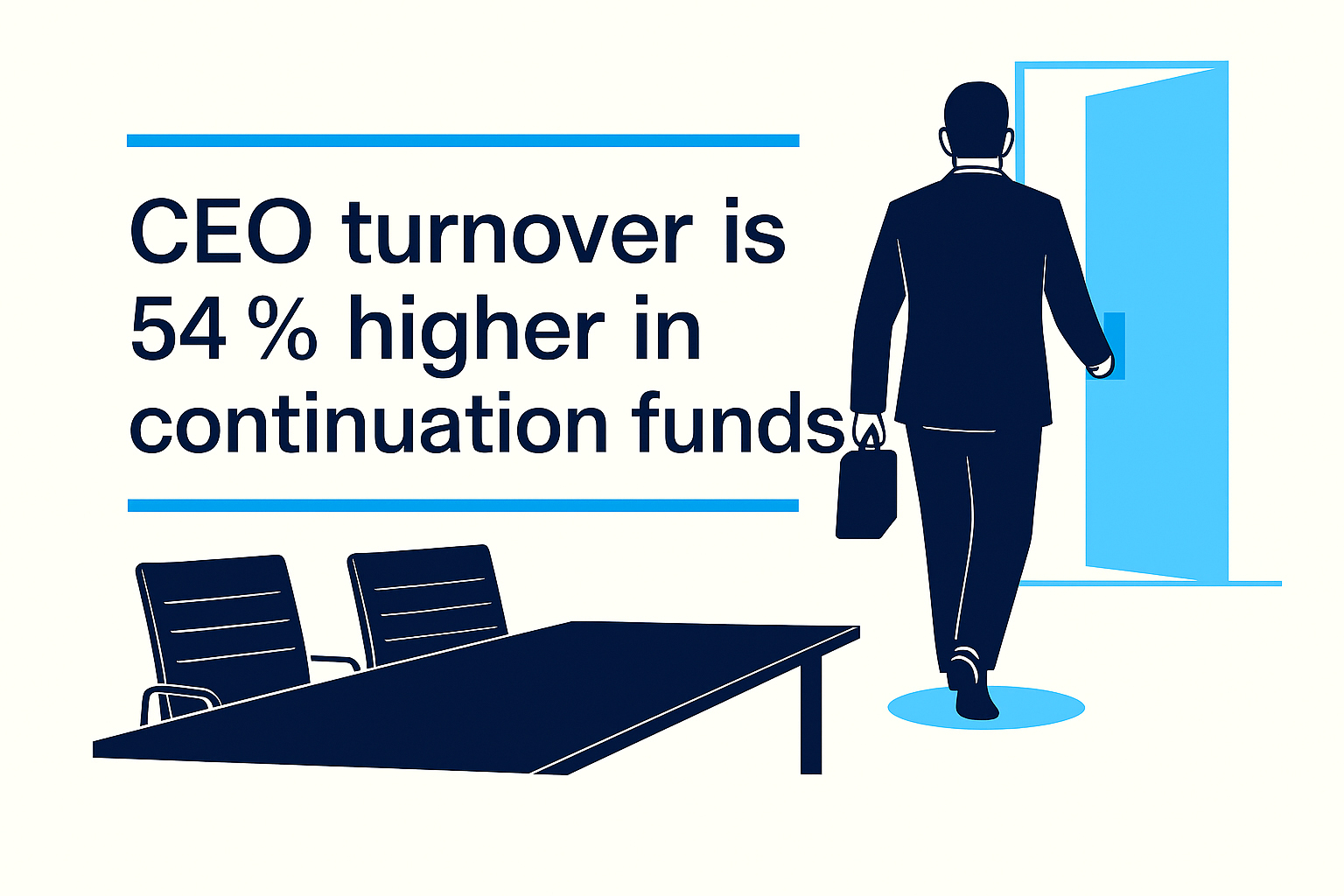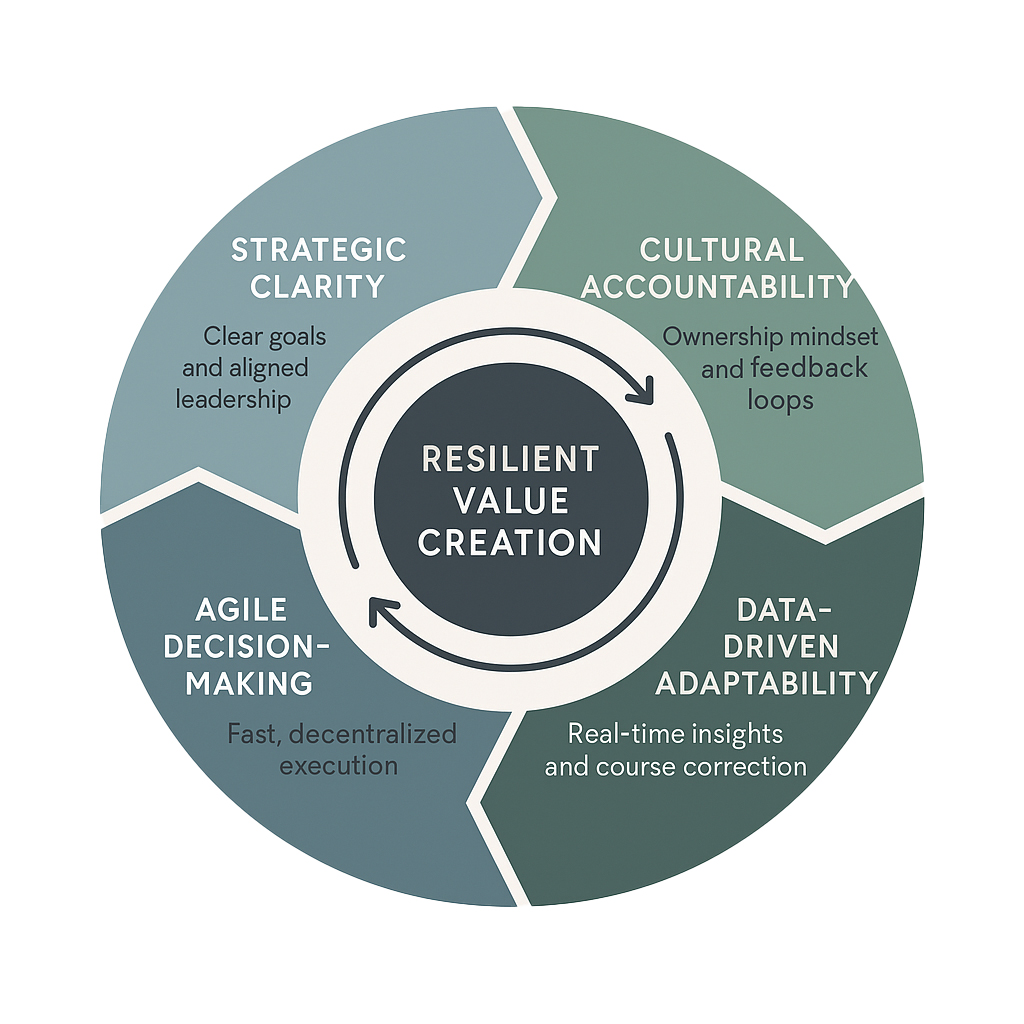
The promise of AI and turbulence introduced by the Trump tariffs have renewed focus on rightsizing and efficiency improvement as levers for value creation and risk reduction. A recent Financial Times article highlights how Donald Trump’s tariffs have significantly impacted private equity dealmaking, underscoring the need for firms to focus on optimizing their current investments rather than pursuing new acquisitions. And, more fund managers are looking at how AI can be utilized throughout their portfolios to automate work that otherwise required experience and/or cognitive skills.
Rightsizing, is not downsizing. It involves adjusting the scale and scope of a activities to better align human resources with strategic objectives and market conditions. For private equity firms, this means looking forward to anticipate the skills, competencies and resource levels needed to execute the value creation plan. And, according to a recently interviewed fund manager, it requires “a meticulous evaluation of portfolio companies to ensure they are operating efficiently and are well-positioned to withstand external shocks, such as those introduced by trade tariffs.”
The Financial Times article points out that tariffs have introduced a layer of complexity to dealmaking, as they alter cost structures and competitive dynamics in industries. It is hard to price these new risks – and therefore price deals. And, as broader adoption of AI opens new areas for its application to improve efficiency, it also introduces a level of uncertainty about future efficiency potential.
For private equity firms, this necessitates a shift in focus from aggressive expansion to more strategic consolidation. By rightsizing, firms can enhance the resilience of their portfolio companies, ensuring they are not only surviving but thriving in a volatile economic environment. And, unlike market expansion and M&A, efficiency improvements are within the portfolio company’s control.
Effective rightsizing requires a comprehensive analysis of portfolio company productivity at a granular and directly comparable level. This deep x-ray involves identifying areas where resources can be reallocated to improve efficiency and drive growth.
Efficiency improvement can be bucketed into three basic categories with increasing time/effort needed to realize them. The easiest efficiency improvements that also improve agility and effectiveness are structural improvement – optimizing spans and layers. The next area is where there are simply too many or two few people, or where scale efficiencies can be realized through pooling of resources. And the last area is where processes are just inefficient and could benefit through automation.
Rightsizing is not only about cost-cutting. It also involves selectively investing in areas that will yield long-term benefits, such as technology upgrades or talent development.
Humatica’s experience demonstrates the importance of a data-driven approach to rightsizing. By leveraging advanced analytics and performance metrics, private equity firms can gain deeper insights into the operational efficiencies and potential growth areas of their portfolio companies. Analytical rigor ensures that rightsizing decisions are based on objective evidence rather than intuition, leading to more sustainable outcomes.
In summary, the current economic climate, shaped by uncertainty, demands a strategic pivot in portfolio company management. Rightsizing offers a pragmatic approach to navigating the challenges, enabling firms to optimize their existing investments and build more resilient portfolio companies for the longer term. The Financial Times article concluded that the ability to adapt and respond to external shocks is crucial for private equity success. By addressing efficiency and rightsizing, firms can safeguard their investments but also position themselves for future growth in an uncertain world.

Continuation Funds Surge Continuation fund transactions surged to $63 billion in 2024, driven by a liquidity drought that left 29,000 unsold portfolio companies globally, valued…
Read more
Scaling has become a favorite private equity buzzword. It shows up in nearly every deal thesis, investment committee, and boardroom conversation. Scaling is the fulcrum…
Read more
With a record number of portcos being held and sluggish deal markets, private equity is sharpening its focus on operational resilience. Current macro-economic and geopolitical…
Read moreReceive our news and valuable perspectives on organizational effectiveness each month.